American Academy in Rome/Archaeological Institute of America
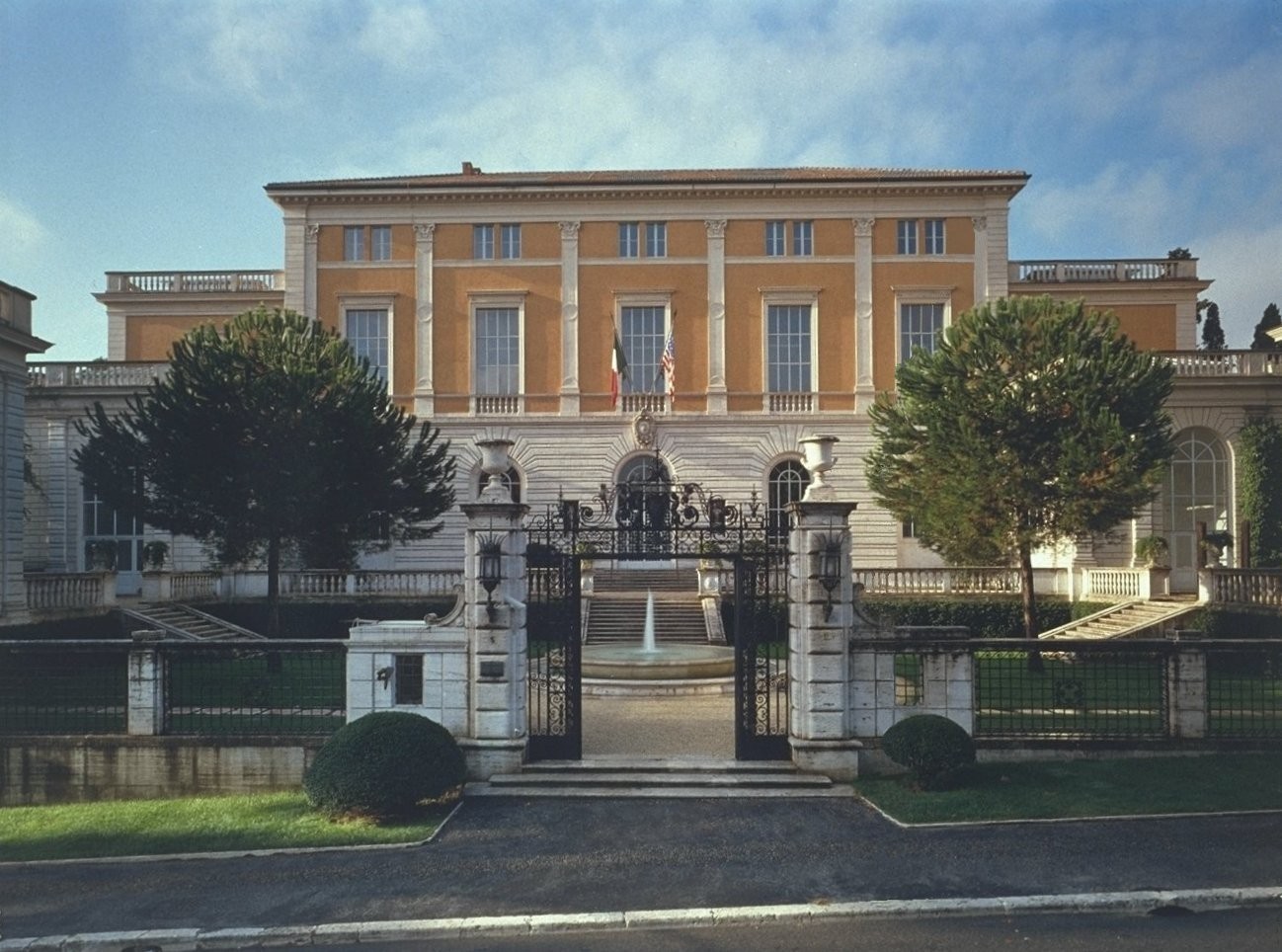
Deadline: November 1, 2023
Awarded odd years only (Application must be sent to the American Academy in Rome)
Announced: In February
Amount: $9,000
Purpose: The fellowship was made possible by a bequest from Helen M. Woodruff; Dr. Woodruff was herself the recipient of an AIA Fellowship in Mediaeval and Renaissance Archaeology in the 1920s, during which time she traveled to Rome and other locations in Europe. The Helen M. Woodruff Fellowship is awarded every other year to help support a Rome Prize at the American Academy in Rome, and provides for pre- or post-doctoral studies of archaeology and classical studies.
Requirements:
For information and application forms, candidates should write to:
American Academy in Rome
7 East 60th Street
New York, NY 10022
Tel: 212-751-7200
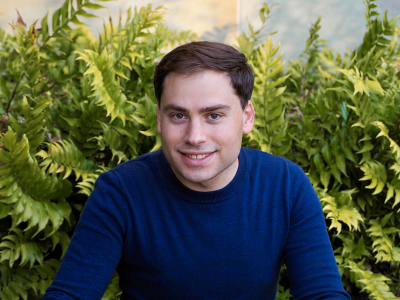
Department of Classics, Stanford University
Towards an Economic History of Women’s Work: The Archaeology of Weaving in Sicily from Prehistory to the Republic
The recipient of the 2021-2022 Samuel H. Kress Foundation/Helen M. Woodruff Archaeological Institute of America Rome Prize in Ancient Studies is Kevin Ennis, Ph.D. candidate with the Department of Classics at Stanford University. While in Rome, Kevin will explore the diachronic development of the household textile industry in Sicily in order to foreground the vital roles women played in systems of production and consumption in antiquity. He tracks the evolution of this industry from prehistory to the Republic, focusing primarily on material from Morgantina. The site was central to historical developments in Sicily and offers exceptional evidence for textile production in the form of loom weights and spindle whorls uncovered in excavations spanning 60 years. He uses this legacy material to investigate important economic questions, including whether specialized labor emerged, which other productive activities occurred alongside weaving, and whether the industry impacted other types of production. In doing so, Kevin provides a fuller understanding of the organization of women’s household labor and incorporates it into broader economic histories of antiquity, which often fail to consider the critical contributions of women to the ancient economy.
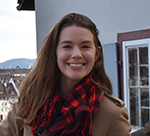
School of Anthropology at the University of Arizona
The Zooarchaeology of Early Rome: Meat Distribution and Urbanization (8th-6th centuries BCE)
The recipient of the 2018 and 2019 Lily Auchincloss/Samuel H. Kress Foundation/Helen M. Woodruff-Archaeological Institute of America Pre-Doctoral Rome Prize in Ancient Studies is Victoria C. Moses. This is a two-year Fellowship, so she will be at the American Academy of Rome for both the 2018-19 and 2019-20 academic years. “My dissertation uses zooarchaeological analysis (the study of animal bones from archaeological contexts) of five 8th-6th centuries BCE sites in and around Rome to investigate urbanization, power, and religion through access to meat in public and private spaces. During this Period, the food system in Rome and nearby urban centers would have been completely reorganized because of urbanization. At large-scale animal sacrifices, elites would have been tasked with providing the animals, thus establishing their status and using the food distribution as a form of social control. This research investigates the nature of these sacrifices as well as how meat reached private contexts during urbanization to understand the supply of meat in public and private settings as Rome formed. The sites include the Area Sacra di Sant’Omobono, the Regia, a small excavation at the Quirinal Hill, Veii, and Gabii.”
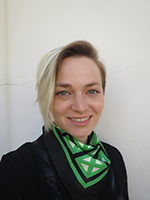
Interdepartmental Program in Classical Art and Archaeology, University of Michigan
The business of commemoration: a comparative study of Italian catacombs
The 2015 and 2016 recipient of the Helen M. Woodruff Fellowship is Jenny Kreiger, a pre-doctoral candidate from the Interdepartmental Program in Classical Art and Archaeology at the University of Michigan. “My dissertation seeks to shed light on the funerary industry in late antique urban contexts in Italy, specifically the influence of funerary laborers on commemorative art and epigraphy. Working with three major catacomb complexes developed between the second to sixth centuries CE (Domitilla, Rome; San Gennaro, Naples; San Giovanni, Syracuse), I examine inscribed burial plaques, painted decoration, and architecture in each complex, employing a range of archaeological, art historical, and philological methods. I argue that catacomb material makes it possible to reconstruct some aspects of the late antique funerary industry, such as workshop organization, labor specialization, the balancing of customization and mass production, and the development and application of site-specific commemorative habits. The Rome Prize will allow me to study archival and archaeological material available only in Rome and to complete a draft of my dissertation in an interdisciplinary environment.”
The two-year Fellowship is the Emeline Hill Richardson / Samuel H. Kress Foundation / Helen M. Woodruff Fellowship of the Archaeological Institute of America Pre-Doctoral Rome Prize.
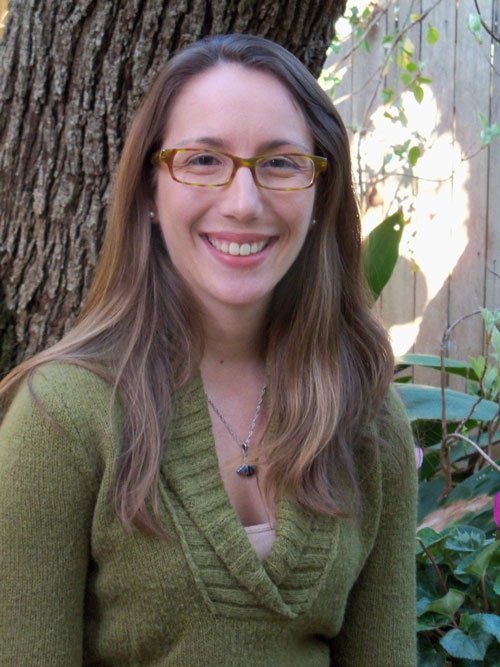
Joukowsky Institute for Archaeology and the Ancient World, Brown University
Reorienting Orientalization: Local Consumption and Value Construction in Central Italy between the Tyrrhenian and and Adriatic Sea
The 2013 and 2014 recipient of the Helen M. Woodruff Fellowship is Jessica Nowlin, a pre-doctoral candidate with the Joukowsky Institute at Brown University. “My doctoral thesis seeks to build a new understanding of the Orientalizing period (8th and 7th c. BCE) within central Italy by investigating how imported materials from the eastern Mediterranean were used, accepted, and transformed throughout Italian communities. It examines entire cemetery groups centering on four case studies (Pian della Conserva, Terni, Colfiorito di Foligno, Campovalano), rather than only princely tombs, from between the Adriatic and Tyrrhenian Seas. I am conducting a multi-layered contextual analysis within each cemetery, identifying typology, decoration and function of the imported grave goods. In addition my work goes beyond the funerary sphere by including a contextual assessment of foreign objects within settlement, production and sanctuary contexts. More broadly, my project explores ideas of cultural exchange, identity formation, and the ways in which local communities incorporate and manipulate foreign objects and concepts.”
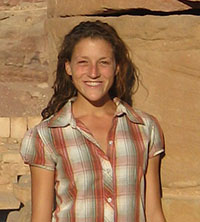
Joukowsky Institute for Archaeology and the Ancient World, Brown University
Material Witnesses: The Altars of Republican Rome and Latium and the Memory of Sacrifice
The 2012 recipient of the Helen M. Woodruff Fellowship is Claudia Moser, a doctoral candidate with Brown University. “My dissertation, Material Witnesses: The Altars of Republican Rome and Latium and the Memory of Sacrifice, examines the site-specific character of sacrifice, centering on the multiple altars at five distinct sanctuaries in Latium, with dates spanning the entire Republican era. I place the sacrificial ritual at its particular monumental altar, in its proper temporal, geographic, and topographic space, and reintegrate contextually associated votives and the organic remains of sacrifice within the spatial framework of each sanctuary. While it may be impossible to fully recreate the experiential aspect of Roman sacrifice, addressing the ritual’s material elements clarifies each aspect of the sacrificial procedure (from the procession of the animal to its slaughter to its cooking) and serves to highlight the ways in which the components of collective ritual might have functioned in their constituent communities.”
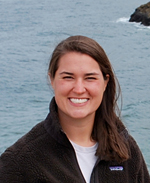
Graduate Group in the Art and Archaeology of the Mediterranean World, University of Pennsylvania
Down in the Valley: a topographical study of the Subura in Rome from Caesar through Charlemagne
The 2011 recipient of the Helen M. Woodruff Fellowship is Margaret Marshall Andrews, a doctoral candidate with the University of Pennsylvania. “This project examines the topographical evolution of Rome’s Subura district during the first millennium A.D. Ancient literary accounts describe a persistent elite occupation on the upper slopes of the city’s eastern hills, but the valley between them is described as a socially marginalized, crowded residential and commercial area. Since the archaeology of the urban lower class has rarely been of great interest to scholars of Rome, we have an abridged reconstruction of the city’s historical topography and an incomplete understanding of how the lower classes actually lived. My dissertation fills this gap, as it is the first systematic study of the area. In analyzing the district over the longue durée, its shifting character and fabric can be tied to the drastic social and religious changes that took place during the first millennium.”
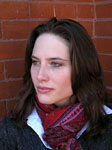
Institute of Fine Arts, New York University
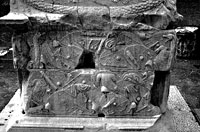 The Roman Trophy: From Battlefield Marker to Emblem of Power
The Roman Trophy: From Battlefield Marker to Emblem of Power
The 2009 and 2010 recipient of the Helen M. Woodruff Fellowship is Lauren Kinnee, currently a Ph.D. candidate in Greek & Roman Art & Archaeology with the Institute of Fine Arts at NYU. Her dissertation topic is the development of the trophy, particularly its adoption by and use in Roman art. The Fellowship award will allow Ms. Kinnee to travel to Rome and other locations to examine the particular objects dealt with in her dissertation, and to discover other significant artworks which will further inform her research. She also intends to conduct library research at the Arthur and Janet C. Ross Library and Fototeca of the American Academy in Rome, and hopes to examine the Fototeca of the Deutsches Archäologisches Institut in Rome.
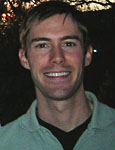
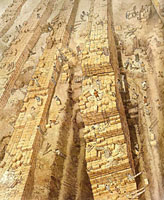 The Topographical Transformation of Archaic Rome: A New Interpretation of Architecture and Geography in the Early City
The Topographical Transformation of Archaic Rome: A New Interpretation of Architecture and Geography in the Early City
The 2007 and 2008 recipient of the Helen M. Woodruff Fellowship is John N.N. Hopkins. Mr. Hopkins is a doctoral student with the Department of Art and Art History at the University of Texas at Austin. His dissertation work analyzes topographical changes in Rome between the 7th and 5th centuries B.C., including the foundation for the Roman Forum, construction of first roads, drainage systems, and numerous temples and monuments. Of particular interest is the question of why the Romans were interested in making these transformations, and how they were able to facilitate them. Mr. Hopkins was awarded a 2-year Rome Prize by the American Academy in Rome. (Photo: Illustration of building of foundations of Capitoline Temple from Capitoline Museums)
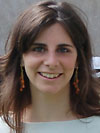
Columbia University
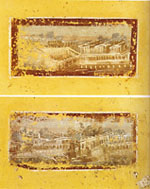 Fare l’Aventino: A Social and Urban History of the Aventine in the Roman Republic
Fare l’Aventino: A Social and Urban History of the Aventine in the Roman Republic
Lisa Mignone is conducting a reexamination of the Aventine Hill in Rome, including an in-depth analysis of its topography, politics, infrastructure, and social development in the context of the city as a whole. Her research at the AAR will be rooted in primary sources, both textual and archaeological.